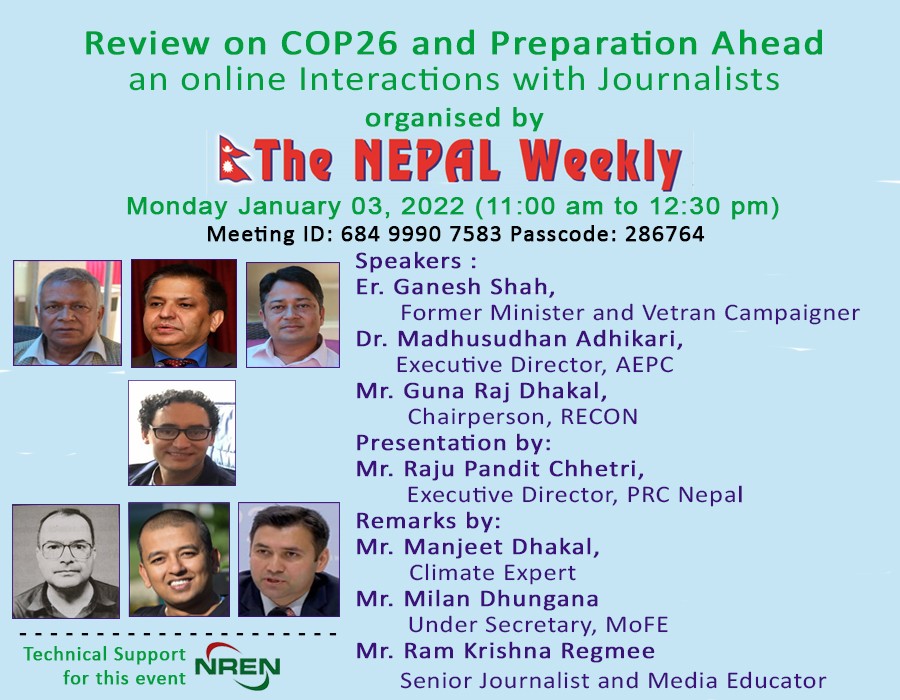 The Nepal Weekly
The Nepal Weekly  June 14, 2022
June 14, 2022
A book on Kumari, the living goddess was launched on Saturday at the courtyard of Kumari-chhen, Hanumadhoka, Kathmandu amidst a function. Writer Siddhi B. Ranjitkar and another researcher and writer Durga Shakya released the book. Earlier, the Living Goddess was worshipped as per the Newah tradition and offered copies of the book to the Goddess.
The book titled Kumari: Multifaceted Living Goddess (The Source of Supreme Power) was written by Siddhi B. Ranjitkar. Ranjitkar had published books on socioeconomics, cultures and traditions of the Newahs. He had published a book earlier on Kumari in 1999 and the second edition of the same was published in 2002.
On the occasion, writer Ranjitkar highlighted the Kumari as the supreme source of power in political, religious and social practices since evolution of the Nepali civilisation. The tradition has been continued with importance among the Newahs and people joined in the later phase to rich culture of the Newahs. Writer Durga Shakya, who has been associated to the Kumari as a family member and researcher said that the Kumari has been respected since a long time while Kumaris in different cities of the Kathmandu Valley were also regarded with high honours. Kaumari Puja, the tradition to worship young girls dates back much longer. There is evidence of virgin worship taking place in Nepal for more than 2,300 years. It appears to have taken hold in Nepal in the 6th century. There is written evidence describing the selection, ornamentation, and worship of the Kumari dating from the 13th century CE.
There are several legends telling how the current tradition of the Kumari began. Most of the legends, however, involve the tale of King Jayaprakash Malla, the last Nepalese king of the Malla Dynasty. According to one legend, a king and his friend, the goddess Taleju, approached his chambers one night as he played tripasa, a dice game. The goddess came along every night to play the game with the condition that the king refrains from telling anyone about their meetings. One night, the queen followed him to his chamber in order to find out who the king was meeting so often. When she saw Taleju, the goddess became angree. She told the king that if he wanted to see her again or have her protect his country, he would have to search for her among the Shakya community, as she would be incarnated as a little girl among them. with the hope to make amends with his patroness, the king left the palace in search of the young girl who possessed Taleju’s spirit.
Scholars including Rajendra Man Bajracharya, Krishna Murari Adhikari, Prakash Prasad Upadhyay also highlighted on different aspects of Kumari.
Siddhi B. Ranjitkar is an engineer-economist. He had worked in different sectors including foreign development agencies in Nepal. He had served as the first executive director of Town Development Fund in 1989. He has been writing articles on political, economic and cultural aspects of Nepal. Development Efforts in Nepal (1996), Kumari, the Virgin Goddess (1996, 2nd edition in 2002), Mahabharata: A Story About Love and Revenge (2002), Obstacles in Economic Development of Nepal (2018) are the books written by Ranjitkar.
Kumari : Multifaceted Living Goddess is the 464 page book which is priced NRs. 1500 and US$ 25. Those wishing to buy the book may write to email: at siddhiranjit@gmail.comor or call Kumar at 9841302023.

